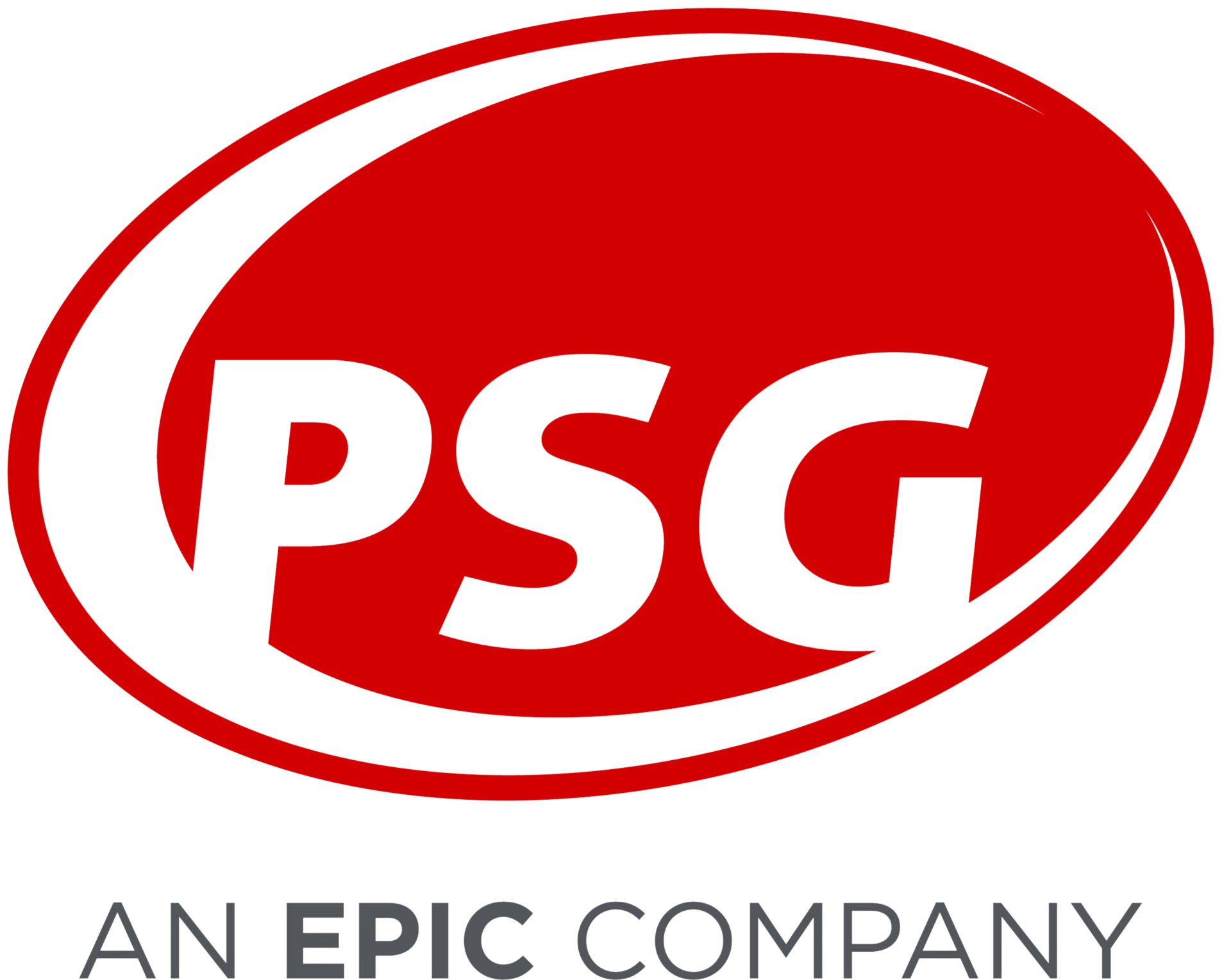The Impact of the AMP Cap and Insulin Price Decreases: The Next Chapter for Plan Sponsors
Posted on May 7, 2024
The AMP Cap Has Lowered Insulin’s Price, Affecting Rebate Payments to Plan Sponsors.
In June 2023, I published a blog about how the American Rescue Plan of 2021, specifically the average manufacturer price (AMP) cap component, would impact drug pricing for many insulin products. Major pharmacy benefit managers (PBMs) have developed strategies to maintain financial equivalence for themselves and plan sponsors after these price reductions. Now that the industry has experienced the significant reduction in price for many popular insulin products, we would like to provide additional information on what plan sponsors should expect.
Rebate Implications of Lower Insulin Costs
Our data shows there has been an average cost reduction of about 70% for approximately 40 insulin NDCs when comparing costs between Q4 of 2023 and Q1 of 2024. While lower insulin ingredient costs are a positive development, it’s crucial for plan sponsors to understand the rebate implications of these price decreases and how they will impact rebate payments later this year. Drug manufacturers typically tie the rebate amount they will pay to the Wholesale Acquisition Cost (WAC), which is an indicator of the ingredient cost paid by a plan sponsor. When the WAC decreases, as we’ve seen for many common insulin products, the manufacturer rebates also decrease or are eliminated entirely. The rebate guarantees in your current PBM contract were likely created prior to the insulin price reduction. This means the PBM assumed rebate yield for insulin products would remain unchanged, and therefore offered rebates based on the higher price. With insulin WAC decreasing and understanding that rebates are tied to WAC, it has become extremely challenging, if not impossible, for PBMs to meet the rebate guarantees they initially provided to plan sponsors based on those previous higher pricing assumptions. This discrepancy is creating significant financial pressures that all stakeholders must now address.
To address the shortfall in their rebate guarantees that were underwritten before the insulin WAC changes, some PBMs implemented a strategy known as a “rebate credit” starting in late 2023. This approach allows the decreased ingredient costs for the impacted insulin products to offset the lost rebates the PBMs can no longer collect from manufacturers due to the lower pricing.
A Post-AMP Cap Example
Example before insulin AMP cap cost reduction
| Total Ingredient Cost for insulin products impacted by AMP cap | Rebate guarantee to plan sponsor for insulin products impacted by AMP cap | Rebate provided to plan sponsor for insulin products impacted by AMP cap | Net Cost to Plan Sponsor |
| $250,000 | $125,000 | $125,000 | $125,000 |
Example after insulin AMP cap cost reduction
| Total ingredient cost for insulin products impacted by AMP cap | Rebate guarantee to plan sponsor for insulin products impacted by AMP cap | Rebate provided to plan sponsor for insulin products impacted by AMP cap | Net Cost to Plan Sponsor |
| $75,000 | $125,000 | $0 | $75,000 |
In the very simplistic example above, the plan sponsor benefits with a savings of $50,000 due to the AMP cap price reduction, but there were no rebates paid for the impacted products. The $125,000 in guaranteed rebates was recouped by a “credit” of $175,000 due to the decrease in ingredient cost. While it’s easy to see that the $175,000 total ingredient cost savings exceeds the $125,000 missed rebate revenue here, reconciling this dynamic becomes much more complex in standard PBM reporting. Factors like inflation, changes in drug utilization mix, and overall increased utilization tend to drive up total drug spend, obscuring the cost-rebate tradeoff.
Plan sponsors will likely notice a sizeable drop in their quarterly rebate distributions following the insulin price decreases. The first rebate payment for claims processed in Q1 2024 will likely be materially lower than the prior quarter’s payment, which predominantly included drugs dispensed in Q4 2023 before the price decreases. It is also easy to understand the PBM’s dilemma because they guaranteed a $125,000 rebate but did not collect $125,000 from the manufacturer.
Considerations For The Rebate Credit Strategy
There are important considerations a plan sponsor should address regarding rebate credits. First, it is important to understand that the rebate credit strategy is only a short-term solution (one year) because your annual market check or procurement exercise should require the PBM to include the impact of the AMP cap in their offer. When amending the contract to include a rebate credit, it is important to ensure that the plan sponsor has the right to conduct a full audit. This audit should not only allow the sponsor to verify the accuracy of the credit taken by the PBM but should also expand the sponsor’s on-site rebate audit rights. The plan sponsor or their consultant should be able to review the manufacturer agreements with the PBM to ensure that the PBM paid out the accurate rebate allotment. For plan sponsors that receive 100% rebate pass-through, the audit should also ensure that the PBM was compliant with passing through all rebates.
Scrutinizing Your Current Contract Language
Not all PBM’s are taking the rebate credit strategy approach. Several have been silent on how they will approach this issue and are likely relying on a reservation of rights or clawback provisions to make financial changes and adjustments to the client’s program. Reservation of rights language serves to protect the PBM financially from changes implemented by the plan sponsor (e.g. a significant change in plan membership), industry changes (e.g. significant price changes for products with high use), or legislative changes that impact the ability for the PBM to meet their financial obligations (e.g. fiduciary requirements). Relying on the reservation of rights clause mentioned in a plan sponsor contract is not an optimal approach. This is because such a clause usually favors the PBM, allowing them to make pricing adjustments that would restore the parties involved to their previous “relative economic status” before the event that caused the clause to be triggered. There is typically no information included in the contract terminology about the method or process for measuring “relative economic status” or how any adjustment made by the PBM will restore the parties to the “relative economic status.” Unless a plan sponsor has very specific language in their contract, they are at the mercy of their PBM regarding these kinds of changes. You need to inquire if your PBM has not approached you about how they will address the AMP cap changes.
What Plans Need To Do
- Ask your PBM how they plan to account for the decrease in rebates caused by WAC reductions. If their plan is to apply a rebate credit, you need to understand and approve any contract changes that are required.
- You will need additional audit rights to make sure your plan is receiving all the rebates the PBM is required to pay. You will also need enhanced reporting from the PBM.
- Alert your leadership that you expect a decrease in rebate payments made by the PBM, so they are not caught off guard when the first reduced rebate payment is received.
- Conduct a Market Check in 2024 to ensure the rebate credit does not continue in perpetuity.
- Consider a PBM procurement in 2024 or 2025 to make sure you tighten up necessary contract terms, improve your overall pricing, improve audit rights, and of course help you meet your fiduciary obligations.
- Finally, perform an on-site rebate audit in 2025 (of 2024 rebates) to be certain your PBM has met its contractual obligations.
At PSG, we receive and analyze our clients’ data regularly and already understand the ingredient cost impacts of the AMP cap reduction. Leveraging additional PBM rebate reporting, we measure the reduction in ingredient cost against the decrease in rebates to ensure the PBM has applied rebate credit language correctly. We will be conducting Market Checks for all clients that have asked us to do so and are already performing several PBM procurements to make sure our clients are protected from market changes and have best-in-class PBM contracts and pricing. Please reach out if you would like to learn more.

